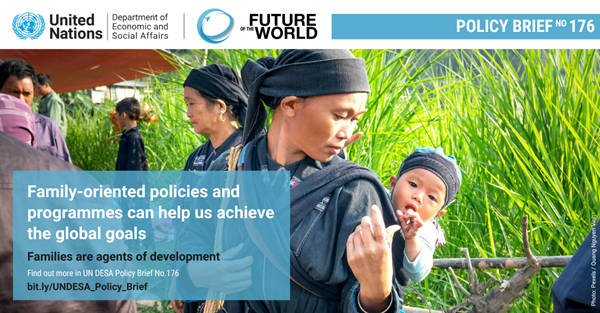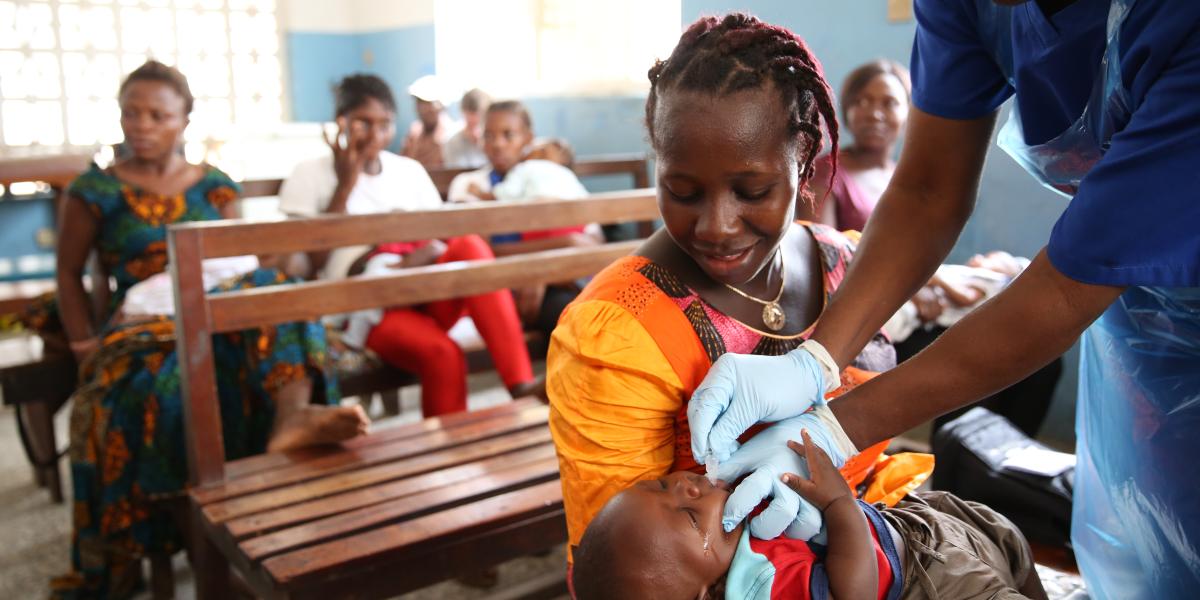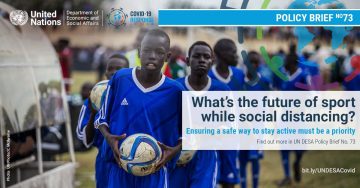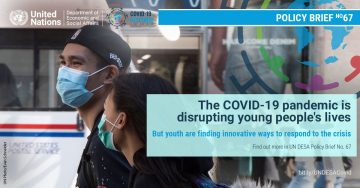Publications
Displaying 1 - 4 of 4
Policy Briefs |
This policy brief presents a global analysis of 171 Voluntary National Reviews (2020–2024) from 141 countries addressing core aspects of family well-being by focusing on policies related to: poverty reduction (SDG1), food security and nutrition (SDG2), health and well-being (SDG3), quality education (SDG4), and gender equality (SDG5). These VNRs demonstrate little and uneven progress in implementing family-oriented policies, compared to the 2016–2019 VNRs. There is modest positive progress in reducing poverty, improving maternal and child mortality, and increasing access to water and sanitation services. However, family-oriented policies addressing extreme poverty and food insecurity have…
Policy Briefs |
Understanding how population trends are likely to unfold in the short, medium and long terms is critical for achieving a more inclusive, prosperous and sustainable future as recognized in the Declaration on Future Generations. This policy brief provides an overview of some of the main findings of the recently released report, World Population Prospects 2024: Summary of Results (United Nations, 2024a) with the aim of helping countries prepare for population sizes, age structures and spatial distributions that may differ appreciably from those of their recent past.
ALL POPULATIONS ARE MOVING TOWARDS LONGER LIVES AND SMALLER FAMILIES
At first glance, the demographic outlook of countries…
Policy Briefs |
Introduction
Sport is a major contributor to economic and social development. Its role is well recognized by Governments, including in the Political Declaration of the 2030 Agenda, which reflects on “the contribution sports make to the empowerment of women and of young people, individuals and communities, as well as to health, education and social inclusion objectives.”
Since its onset, the COVID-19 pandemic has spread to almost all countries of the world. Social and physical distancing measures, lockdowns of businesses, schools and overall social life, which have become commonplace to curtail the spread of the disease, have also disrupted many regular aspects of life, including sport and…
Policy Briefs |
Socioeconomic impacts
Prior to the onset of COVID-19, youth (aged 15 to 24) were already three times more likely to be unemployed compared to adults, while 126 million young workers were in extreme and moderate poverty worldwide (International Labour Organization, 2020). Young workers are also more likely to be in precarious employment than other age groups. Whereas some 77 per cent of youth are estimated to be informally employed globally, this percentage is even higher for young women in low and lower-middle-income countries (International Labour Organization, 2018).
The increase in unemployment as a result of COVID-19 is expected to exceed the rise in rates of unemployment in the…
 Welcome to the United Nations
Welcome to the United Nations



